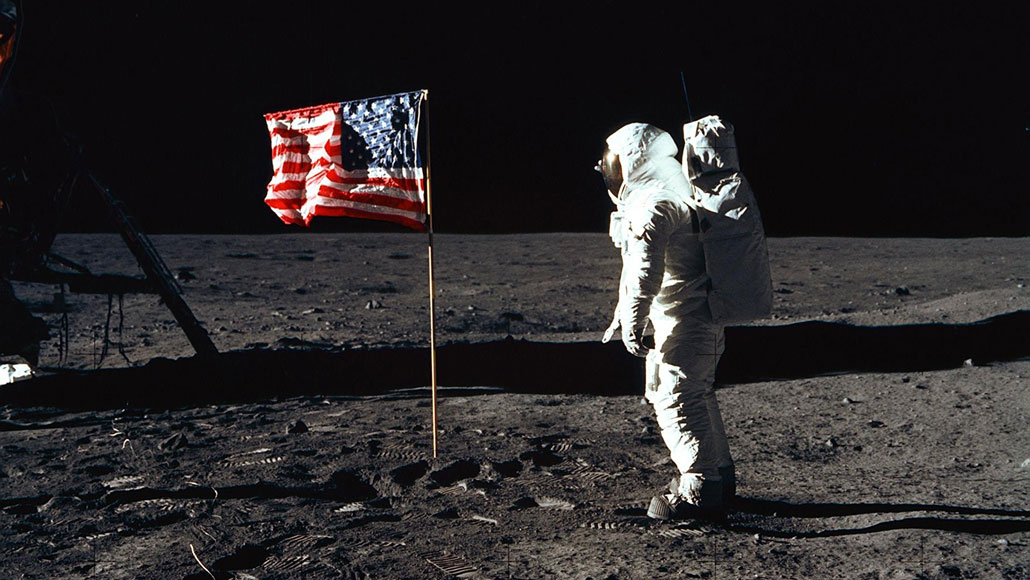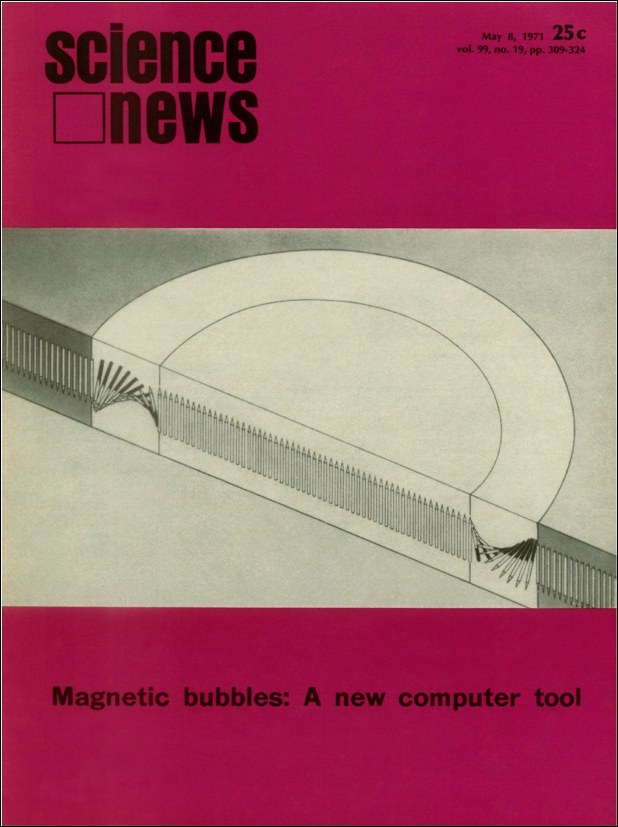50 years ago, NASA relaxed quarantine rules for returning moon missions
Excerpt from the May 8, 1971 issue of Science News

In 2020, NASA relaxed its planetary protection guidelines for the moon. Only lunar areas that may harbor signs of life or have historic significance, such as the Apollo 11 landing site (shown), remain strictly controlled.
NASA
